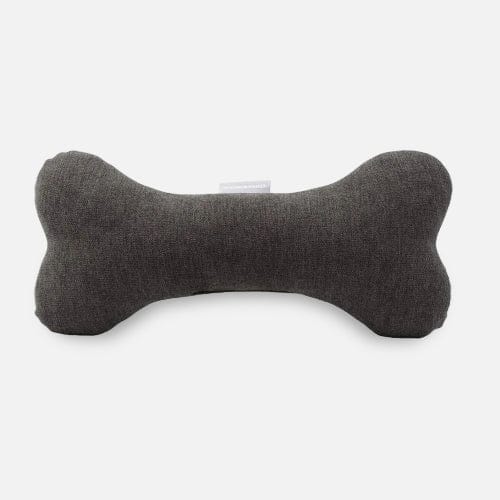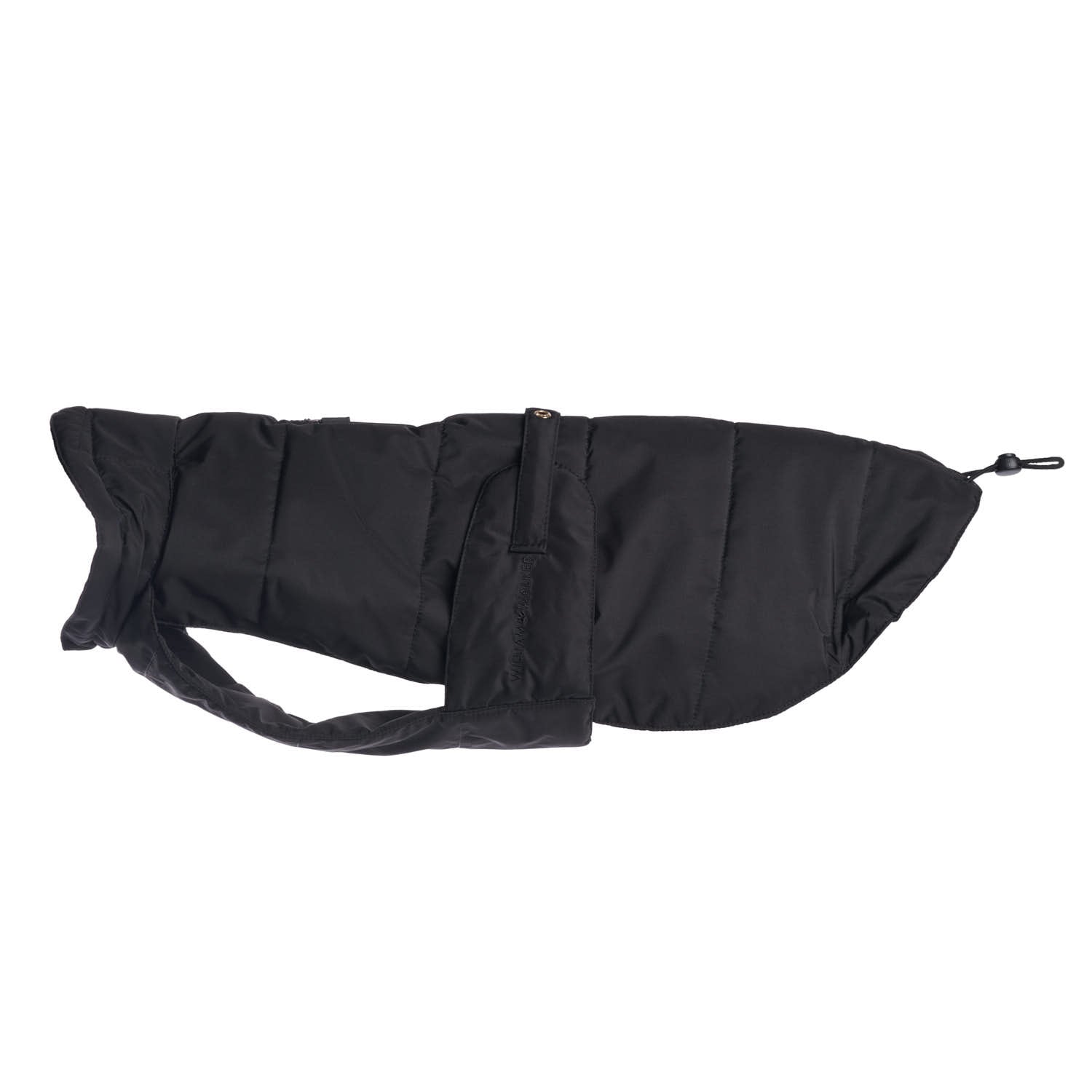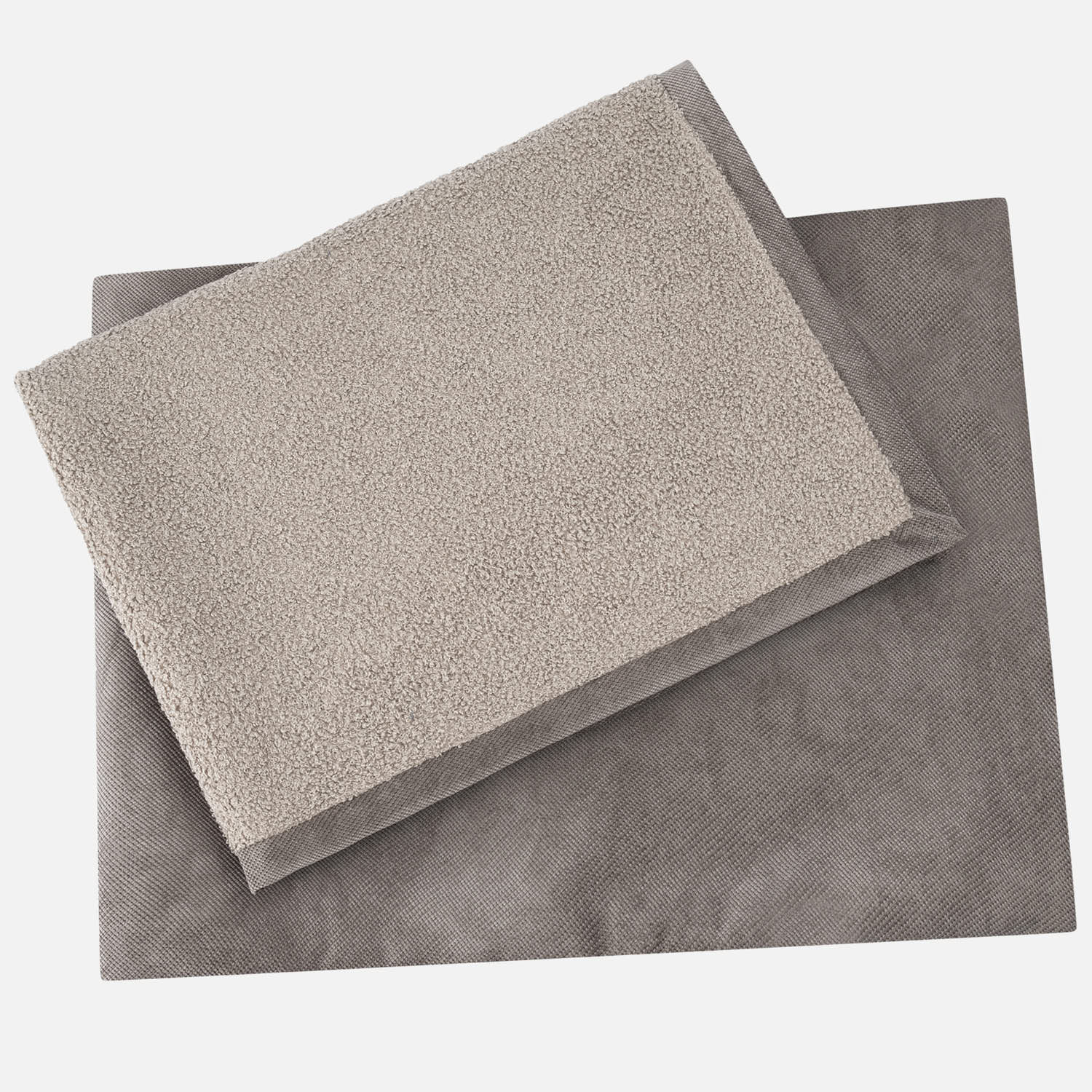Ticks endanger the health of humans and dogs
Ticks are not only dangerous for us humans. The arachnids can be carriers of numerous viruses or bacteria, and their bite can also cause serious, life-threatening infections by dogs, including Lyme disease or meningitis. The tricky part is, the symptoms, such as recurring inflammation of the joints, muscle pain, constant dog fatigue, or frequent fevers that seem to have no cause, may not appear until weeks, even months later. At a time when the tick bite is long forgotten. So it happens again and again that sick dogs are not treated at all with regard to a tick bite.
What kind of ticks are found in Germany?
The most common ticks in Germany are the common wood tick and the variegated tick. They are between 2.5 and 4.5 millimeters small, just about the size of a match head. Only when they have thoroughly enjoyed their blood meal do they grow to the size of a cherry stone. In the dog's fur, the sneaky beast is then usually easy to see or feel. They prefer to hide on the head, behind or even in the ears, under the armpits, in the groin and genital area - so preferably where there is little hair and does not block them the direct bite.
Our tips against ticks - tools for removing ticks from your dog
1. Acute for ticks - immediate help
After a tick bite the pathogens reach the bloodstream of the host within 24 hours. Therefore, time is essencial. If you discover a tick on your dog, it's time to get rid of it as quickly as possible. But not only the quickness, but also the right technique plays a crucial role. Important tools are:
- Tick pliers or a pair of pointed tweezers (Tick tweezer Tick Pick)
- Disposable gloves
- Disinfectant
Everything at hand? Then put on gloves, place the tick forceps as close as possible to the puncture site and slowly and steadily pull the mini-vampire up. Do not twist it, particles of it could get stuck. If possible, do not remove the bloodsucker with bare hands or fingernails either, as this could bruise the beast and push pathogens into the sting canal. The same can happen when using oil, alcohol, glue or ether. After successful removal clean the puncture site with disinfectant and throw the gloves in the hazardous waste. And the tick? The tick apparently has a thousand lives, survives the toilet as well as the drainage pipe and must therefore find a tragic death by crushing or gasp out its life in high-proof alcohol. Sorry!
2. Prevention against ticks
But what to do to prevent the parasites from pouncing on our dogs in the first place and taking their lives? A vaccine which can protect your dog from an infection exists only against Lyme disease and against three types of Borrelia. It is important that you check your dog for ticks after every walk. To spoil the appetite of the little biting beasts, there are also various spot-on preparations or sprays. The spot-on preparations are dripped directly onto the skin of the dogs neck. Beware, some preparations are highly toxic to cats or even domestic rabbits! Also the dogs themselves can react with side effects like nausea etc.. Bathing in fish ponds is then forbidden since some active substances are poisonous for fish. Tablets are also supposed to protect dogs from tick bites, but are controversial because of their risks. Gentler, but possibly not as reliable, you protect your dog with natural defense products.
3. Natural products against ticks for your dog
Coconut oil: The high proportion of saturated fatty acids, such as lauric acid, should spoil the appetite of ticks. For this rub your dog in the places coveted by ticks with the vegetable fat. In addition, you can mix him daily a spoonful of coconut oil in the food.
Black cumin oil: Also contains linoleic acid and works with daily feeding from the inside out as tick protection. Besides it supports the body's own protective film of the dog's fur and makes it shine. Applied externally it can speed wound healing and reduce itching. Our William Walker Black Seed Oil "Tick Terminator" is a must-have for dogs that like to hang out in bushes, woods or underbrush. Caution: black seed oil contains essential oils, so it should not be fed to dogs with liver or kidney disease. Pregnant dogs or puppies should also not be given black cumin oil.
Garlic: Ticks find the fragrances contained simply abhorrent, studies in Sweden have shown. Attention: in high concentration garlic is toxic for the dog.
Cistus: by the contained polyphenols it is said to have immune-strengthening, anti-inflammatory, antiviral and antimicrobial properties. Most importantly, they keep ticks at distance. Capsules or the powder can be easily mixed into food.
We wish you a wonderful beginning of summer and hope that we can keep the ticks at bay for you and your four-legged friend with our tips.






































































